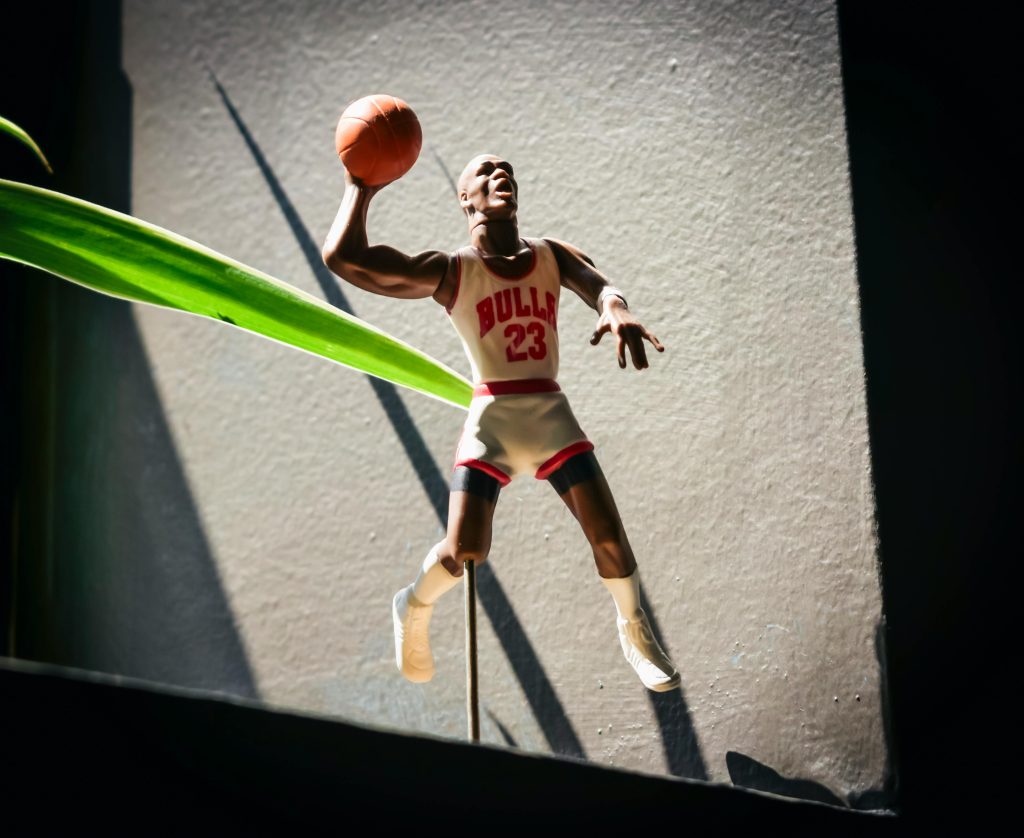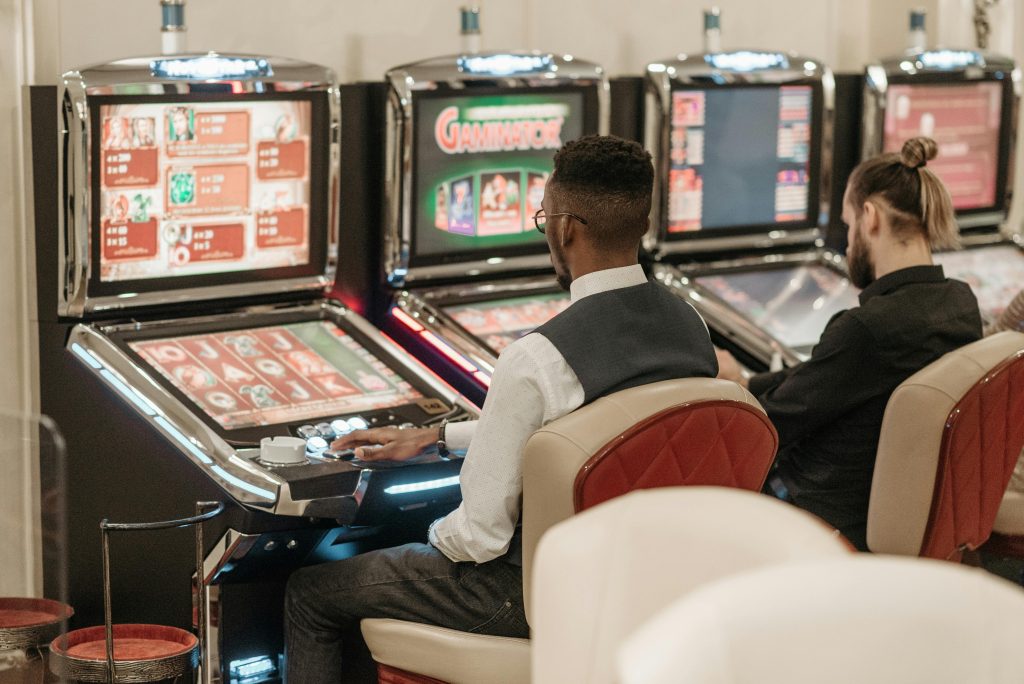In 1984, Michael Jordan had just come on board with the Chicago Bulls as a rookie player. He was already a fantastic dunker, and his competitiveness made him a growing American icon. At the same time, an up-and-coming sneaker company, Nike, placed a million-dollar bet on him, which was huge to them in marketing. Because of off-court decisions by Jordan, Nike surpassed market expectations, and sales skyrocketed. In no time, Air Jordan shoes became a cultural phenomenon, and the marketing phenomenon produced by the American athlete was born. It was sensational. In 1985, Nike estimated that they would earn 3 million dollars off Air Jordans, but instead, they earned over 126 million.
Redefining Athlete Endorsements

The industry has not been the same ever since Jordan entered the limelight. Athletes and sponsors have had to continuously adapt how they engage the public as fans and spenders. Endorsements used to look like a “soda cameo” or a “smile-and-say-cereal-ad.” With Nike, Jordan turned the narrative around and proved that athletes are able to endorse themselves, too. His contract with Nike demonstrates how fans don’t just admire him anymore; they want to bet on him through online betting sites. Every match is now a chance for fans to stake a personal investment. This shift created a blueprint that is now visible in the industry. We see mega deals such as LeBron’s lifetime deal with Nike, or Kevin Durant’s $300 million dollar partnership. Both of these deals trace their origin to Jordan’s way of thinking.
This approach shifts the misuse of fandom. Jordan’s sponsorships are successful because he endorses products that he truly uses. He has always been the embodiment of the brands that sponsor him. Whether through Gatorade’s “Be Like Mike” promotional campaign or his role in Space Jam. More recent sports news highlights this legacy as Caitlin Clark, whom Colin Cowherd dubbed on Sportskeeda as “the WNBA’s Michael Jordan.” She is absolutely continuing his trend of blending commercialism with athletic prowess. Spectators are no longer passive viewers of the game. Instead, they are actively purchasing a lifestyle.
Here’s what stood out with Jordan’s endorsement strategy:
Authenticity – For Nike to get Michael Jordan’s endorsement, they had to share his philosophy on performance.
Cultural Fusion – Air Jordans forever linked basketball with hip-hop and street culture.
Global Impact – From Chicago to Tokyo, Michael Jordan’s image remains a symbol of positivity around the world.
Building a Brand around Basketball
Michael Jordan was not only an NBA superstar by the early 90s, but he had gained global recognition as well. Because of his incredible feats with the Bulls team, where he won six NBA titles, he is considered one of the greatest NBA players of all time. Jordan’s impact on the game was simply incredible. His Air Jordan sneakers would often lead to a cultural craze, and fans would go bonkers trying to get their hands on these limited-edition sneakers days in advance. This type of craze is similar to modern-day digital crazes where fans get excited about the odds for exclusive sports events and live betting, like on Melbet Insta. Jordan’s brand is more about storytelling than anything else. Spike Lee’s Nike commercials where Jordan transforms into Mars Blackmon, the fictional seller, brand him as a dream seller, not just a sneaker seller.
This audio explains the evolution of sports marketing. The Chicago Bulls are now expanding into a global brand, and their merchandise sales are through the roof. Other franchises are also attempting to promote their superstars, and now we see Giannis Antetokounmpo, who wears Nike Zoom Freaks, which are marketed as Michael Jordan shoes, being marketed. An ESPN article predicts a Celtics-Warriors matchup for the NBA Finals in 2025, discussing how NBA franchises market players like Jayson Tatum and Stephen Curry to sell and create buzz, which is straight out of MJ’s playbook.
Current Sports Marketing Legacy of Jordan
Table: Michael Jordan’s Key Marketing Results
|
Year |
Milestone |
Impact |
|---|---|---|
|
1984 |
Nike signs |
Introduce Air Jordan, and athlete sponsorships would never be the same |
|
1985 |
Air Jordan I drops |
Produces $126 million in sales during year 1 |
|
1996 |
Space Jam screening |
Blends sport with pop culture, generating 250 million dollars worldwide. |
|
2020 |
The Last Dance is broadcast |
Increases ESPN ratings, and Jordan brand hype again |
We can still see Jordan’s influence in 2025. Athletes personally interact with fans the way Jordan did during the Paris Olympics or the NBA All-Star Game. Social media enables this. Today, celebrities such as Reese directly engage with followers on Instagram, using the Jordan playbook, but in reverse. On X, they are discussing MJ’s 6 billion dollar brand—the biggest gamble ever in the history of sports—proving how he has changed the world and history.
The Future Jordan Inspired
Jordan is a household name in all parts of the world today. NBA superstars and WNBA rookies have become multi-faceted athletes, entrepreneurs, and storytellers. The fact that the sports calendar 2025 mentions the NBA Finals and the Olympics is enough evidence of that development when one merely looks through the calendar. Switching the marketing dynamic is the very last thing that Jordan has to worry about. He authored the playbook, and nobody has been able to write a better one.






















